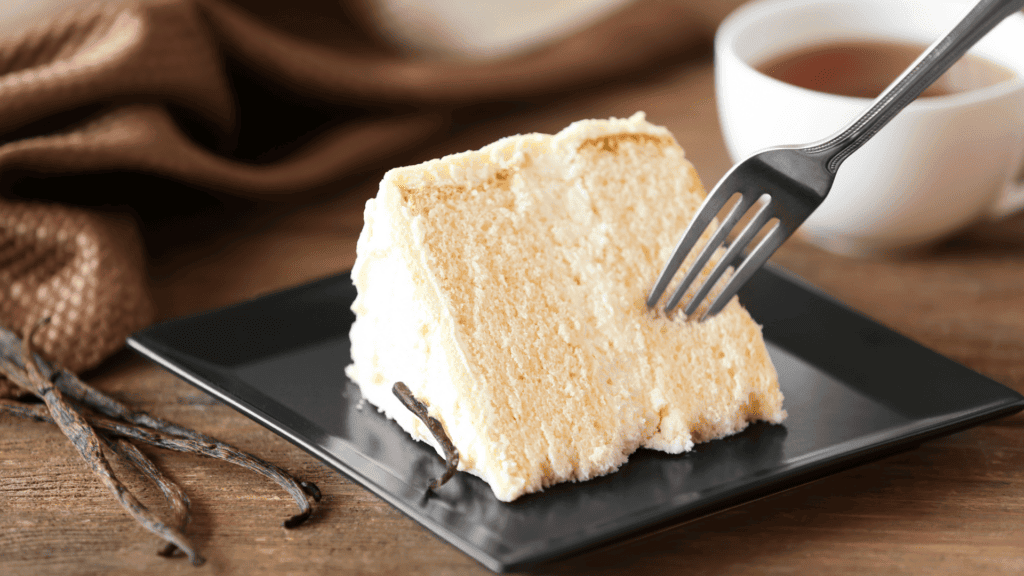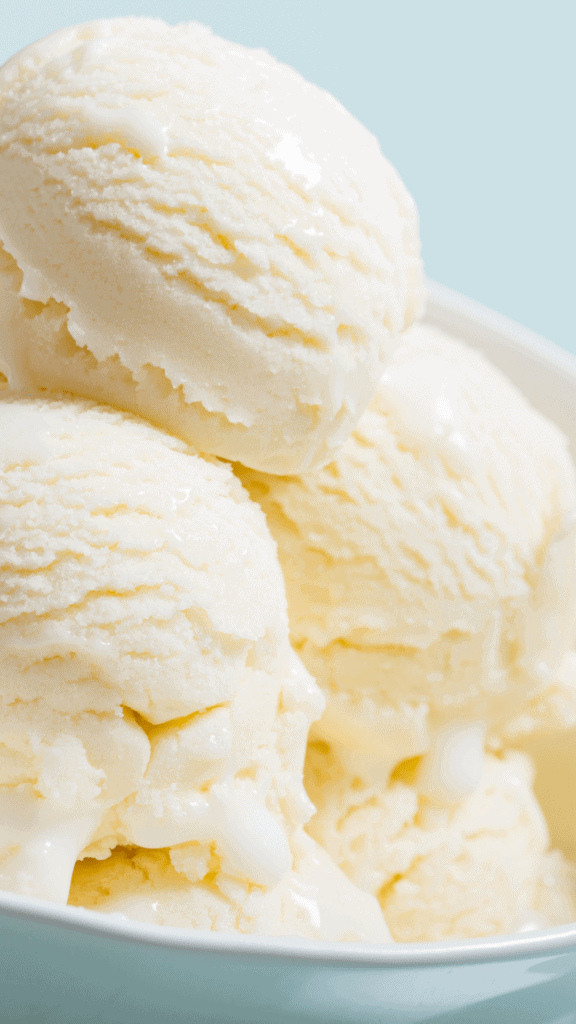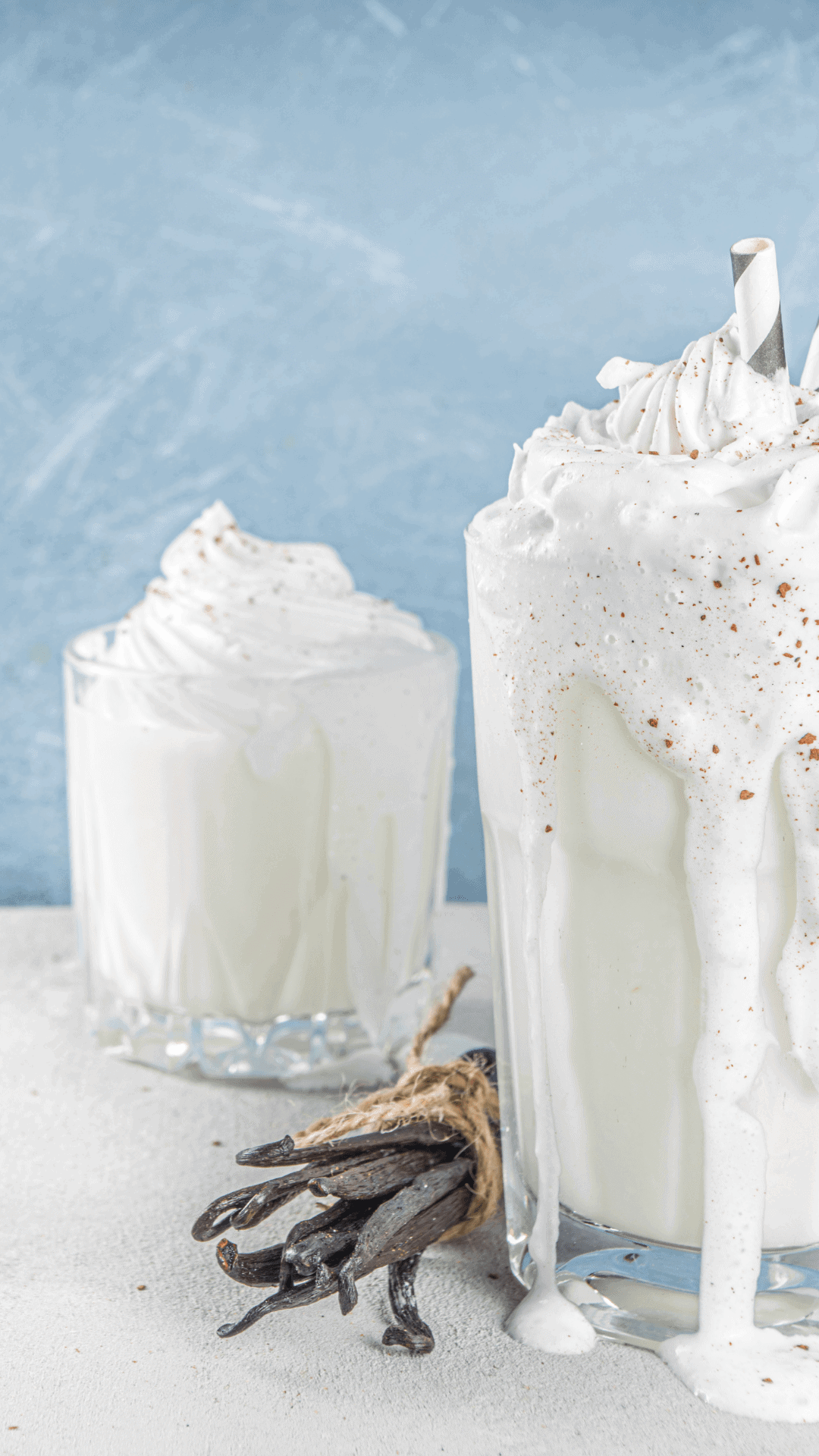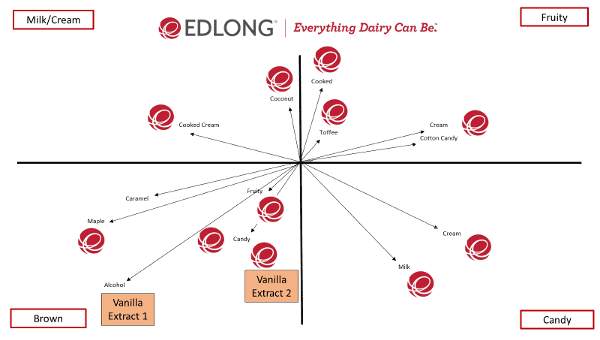Take a look in nearly any local bakery, supermarket freezer section, or even your own kitchen pantry, and there’s one flavor that can be seen spanning across all of these areas: vanilla.
Since its introduction from Mexico to the world around 500 years ago, vanilla has become one of the most iconic and essential flavors ever.
Unsurprisingly, today, it continues to be one of the most popular flavors worldwide. From Ice cream and yogurt to cupcakes, cheesecake, and cosmetics, vanilla is estimated to be used in over 18,000 different products,
Vanilla is one of the most popular flavors and also one of the most expensive. It requires strict climate conditions, an extremely labor-intensive manual pollination process, and an average of three years for a single plantation to mature, making it often ranked the second most expensive spice in the world, behind only saffron.

In recent years, a combination of political instability, extreme weather events in Madagascar, and increased demand for usage in a growing number of plant-based products have resulted in unpredictable supplies of the already costly spice and its byproducts.
Unphased by this, the overall vanilla market in the US alone is projected to grow from $1.435 billion in 2021 to $1.956 billion by 2028, at a CAGR of 4.5%. Adding to this, a separate report found that the global vanilla extract market is projected to grow from $4.94 billion in 2022 to $6.29 billion by 2029, at a CAGR of 3.52% over that period.
However, with food developers already working to reduce costs across the board, meeting the increasing consumer demand for the taste of vanilla presents them with a difficult choice.
But, what if you didn’t have to choose? Edlong’s range of characterizing vanilla flavors and expertise in vanilla’s most popular applications could be the win-win solution you’re looking for.
Vanilla Flavor in Dairy
Nothing is more synonymous with vanilla than ice cream. In fact, it’s believed that the French have been using vanilla to flavor ice cream as far back as the 18th century. A recent YouGov poll added credence to the “timelessness” of this combination when it found that American adults still ranked vanilla as their favorite ice cream flavor.
However, this perfect pairing of vanilla with dairy goes far beyond just vanilla ice cream.
Yogurt, milk, creams, and even plant-based dairy alternatives commonly and successfully utilize vanilla profiles. One major reason is that the smooth delicate character of vanilla balances incredibly well with the rich and creamy indulgence of dairy.
It’s these complimenting characteristics that make vanilla, and often, this combination with dairy is an essential component in many bakery applications as well.

Vanilla: Flavor & Function
At Edlong, we recognize that a large part of what makes vanilla such an incredible flavor profile is its versatility. However, this is not limited to the vast number of applications it’s suited for but also its functionality.
Emily Sheehan, Applications Manager, EMEA, believes this versatility makes vanilla “the king of characterizing flavors”: “Vanilla is powerful. It can be used in your development as the backbone for your whole flavor profile or even the star itself. In addition, this characterizing flavor can help other flavors sing and mask off notes too.”
This is excellent news for both developers in the better-for-you and plant-based spaces.

“Vanilla is great because it gives you a sweet perception without the calories,” says Rob Adams, Chief Flavorist at Edlong. Vanilla’s sweet aromatics can trigger an olfactory response that tricks the brain into perceiving a higher level of sweetness than is quantifiably there.
Some vanilla flavors can assist developers looking to reduce sugar but not taste by providing certain levels of masking for undesirable off-notes.
This is helpful not only for products fortified with protein and other supplemental nutrients but can also be vital for plant-based dairy projects.
For example, adding one of our vanilla flavors to hemp-based milk could help mask unwanted bitter or vegetative notes, balance the overall taste profile, and create an indulgent and delicious characterizing flavor that meets or exceeds consumer expectations.
Beyond its strengths as a characterizing or masking flavor, Sheehan says, “Many of our [vanilla] flavors can also provide extra value to your product. For instance, in a plant-based bakery, the buttery or creamy notes, along with the vanilla, can enhance the overall development. It can also add some of the lacking creaminess that you find in low-calorie or plant-based products like ice cream.”
While vanilla is versatile enough to accommodate a wide variety of applications, this also requires an extensive range of vanilla profiles.
Innovative Applications of Vanilla Flavors
Vanilla’s complex flavor profile, derived from real vanilla beans, makes it a versatile ingredient in both sweet and savory applications. The rich flavor of vanilla can enhance various food items, offering unique and innovative options for food developers.
- Savory Foods: Use vanilla bean and vanilla extracts to add depth to sauces, marinades, and spice blends.
- Beverages: Create unique vanilla-infused smoothies, cocktails, mocktails, and non-dairy milk alternatives.
- Plant-Based Products: Improve the flavor of plant-based meats and dairy substitutes with bourbon vanilla and natural vanilla flavor.
- Ice Cream and Desserts: Enhance the vanilla taste in ice cream sandwiches, chocolate chip cookies, and gluten-free treats using vanilla.
- Healthy Options: Add natural vanilla flavor to gluten-free and low-sugar products without the need for food coloring or imitation vanilla.
Finding the Right Vanilla Profile
Despite the projected market growth and the increasing global demand for vanilla-flavored products, success always comes down to consumer satisfaction. In other words, is it delicious?
This can be complicated by the fact that your consumer’s ideal expectations for “vanilla” can differ from product to product or even by region.

In the US, for example, vanilla profiles tend to have more “candy-like” characteristics, with notes of marshmallow or cotton candy.
Whatever your needs, Edlong’s team will help find the perfect solution for you. Whether you’re looking for the authentic taste of pure vanilla extract or for a creamier profile to round out and balance your bakery items, our extensive range of characterizing vanilla flavors will help reach everything vanilla can be.
About the Author: Julie Drainville, Sensory Manager
Julie Drainville leads all sensory functions for Edlong globally, maintaining a trained employee panel for sensory testing, and also collaborating with applications scientists and customers to run testing to meet project needs. Julie has an extensive background in food science including over 15 years in the sensory field, a degree from Purdue University in Foods, Nutrition and Business/Dietetics, a Master of Science in Nutrition Education from Rosalind Franklin University, and completion of the UC Davis Applied Sensory and Consumer Science Certificate Program.
Topics: Characterizing FlavorsDairy flavors
Resource Type: Article
Resource Region: EUUS
